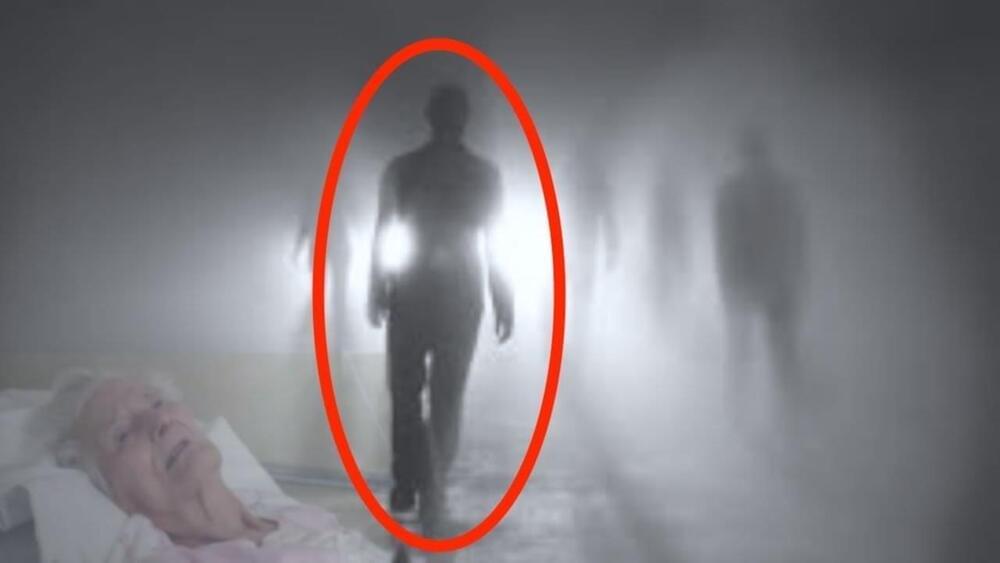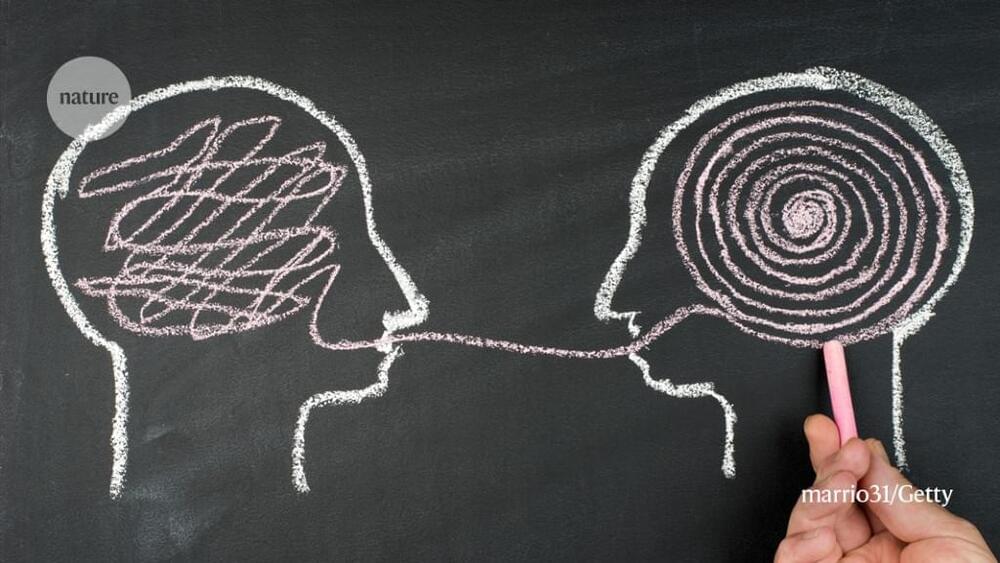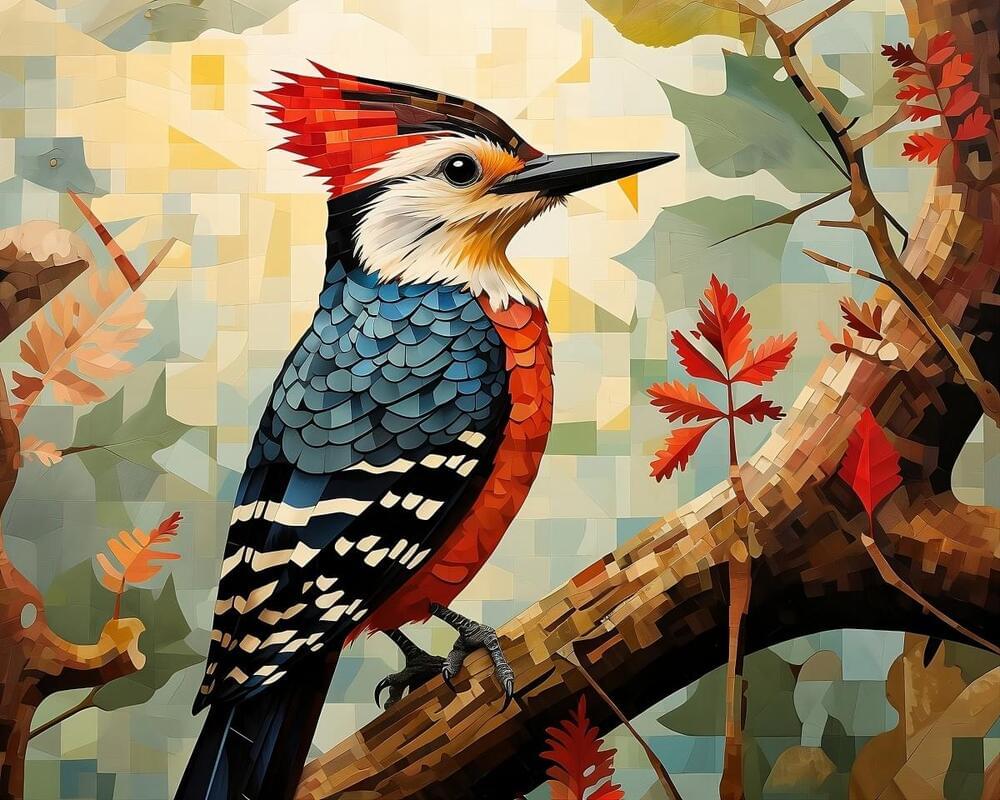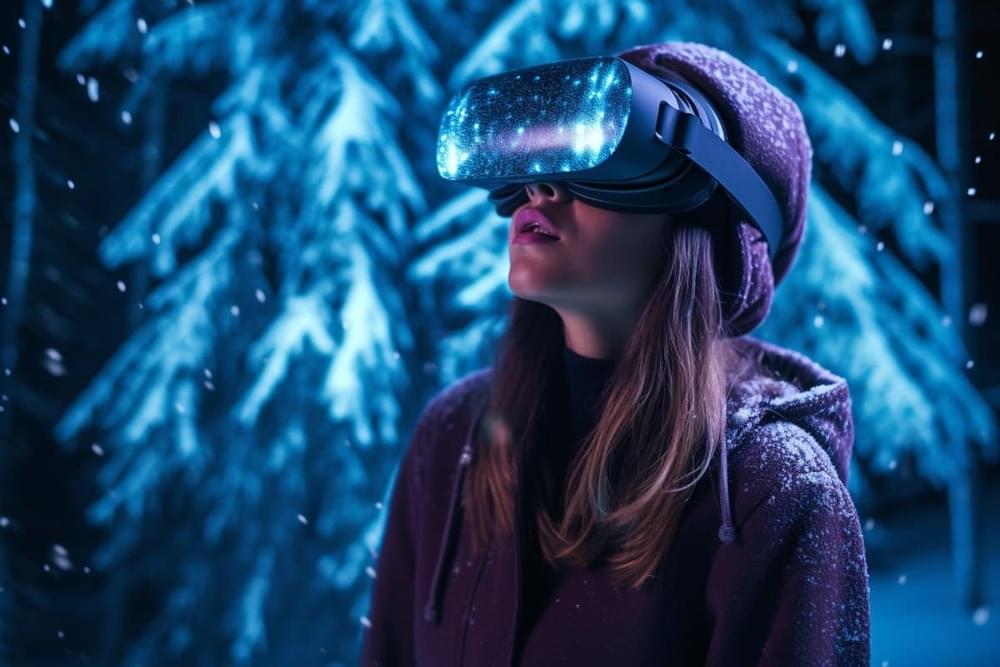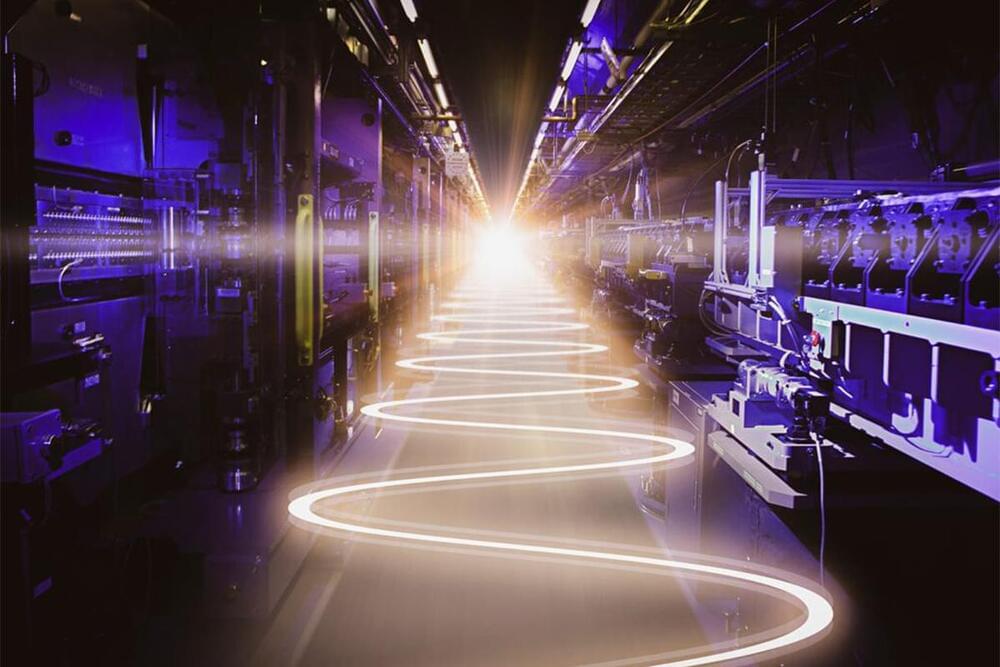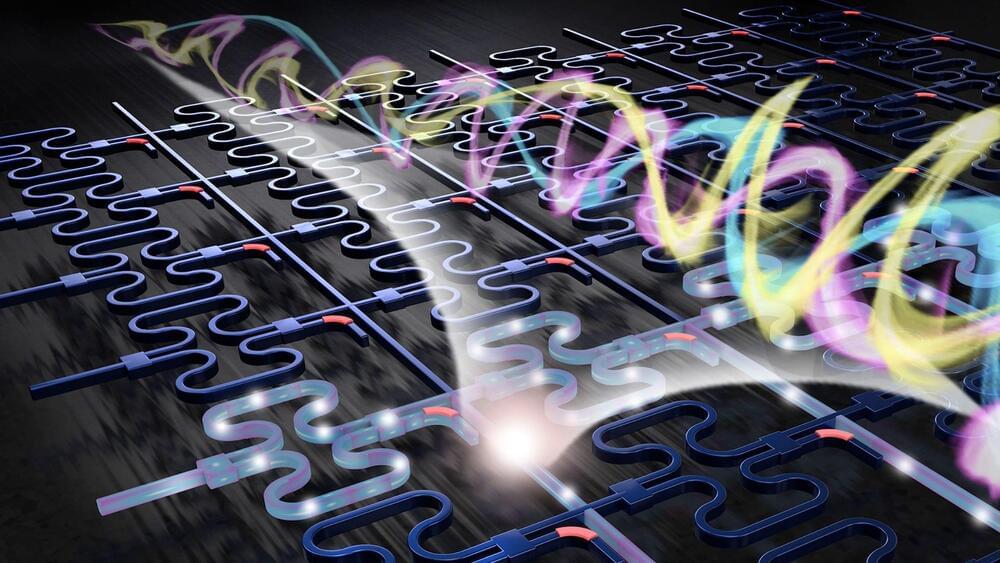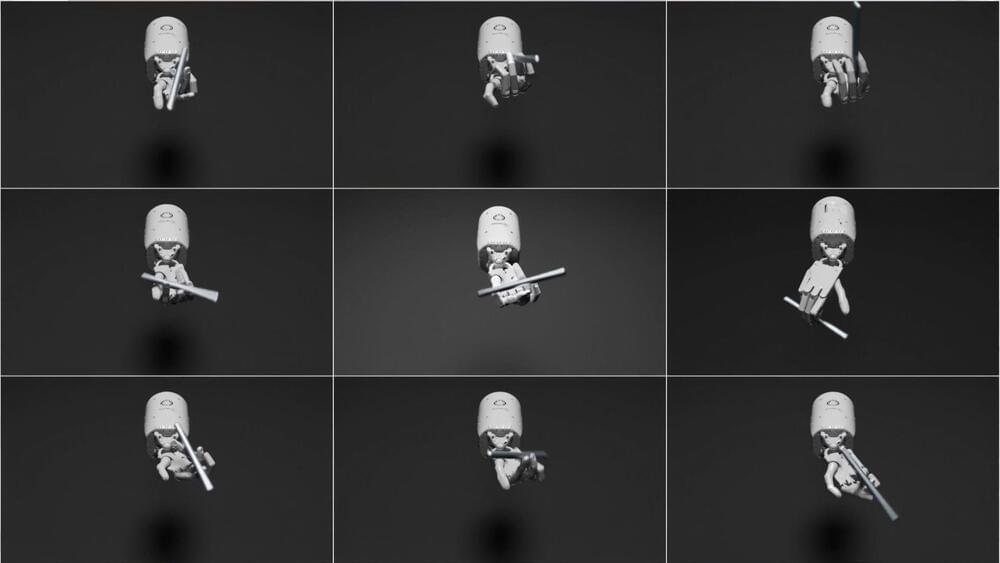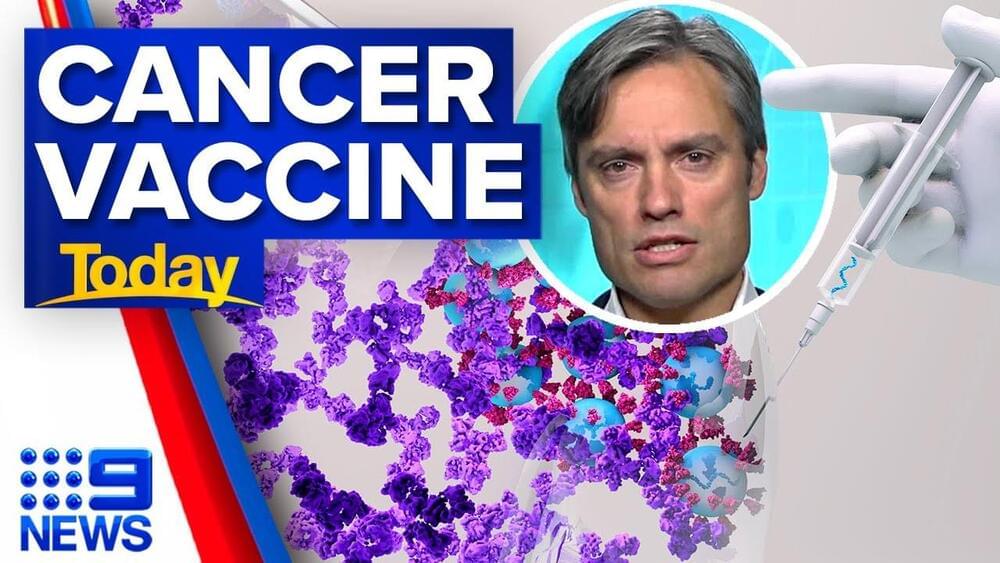Oct 28, 2023
This Portable Innovation Saves Lives by Bringing Doctors to 30 Lakh Pregnant Women
Posted by Shubham Ghosh Roy in categories: biotech/medical, innovation
“High-risk mothers in many parts of rural India are usually identified in the third trimester, which is around the eighth month of pregnancy. However, by this time, it’s often too late to manage complications before labour. This can lead to fatal outcomes,” says Senthil Kumar Murugesan.
An electronics and communications engineer by profession, Senthil is trying to bridge this gap with JioVio Healthcare, an IoT-based maternal healthcare startup that provides early-risk monitoring services at home.
He first encountered the pregnancy healthcare gap when his sister was pregnant in 2016. She is a career-driven woman and would miss her antenatal appointments due to the lack of time. Also, the… More.

